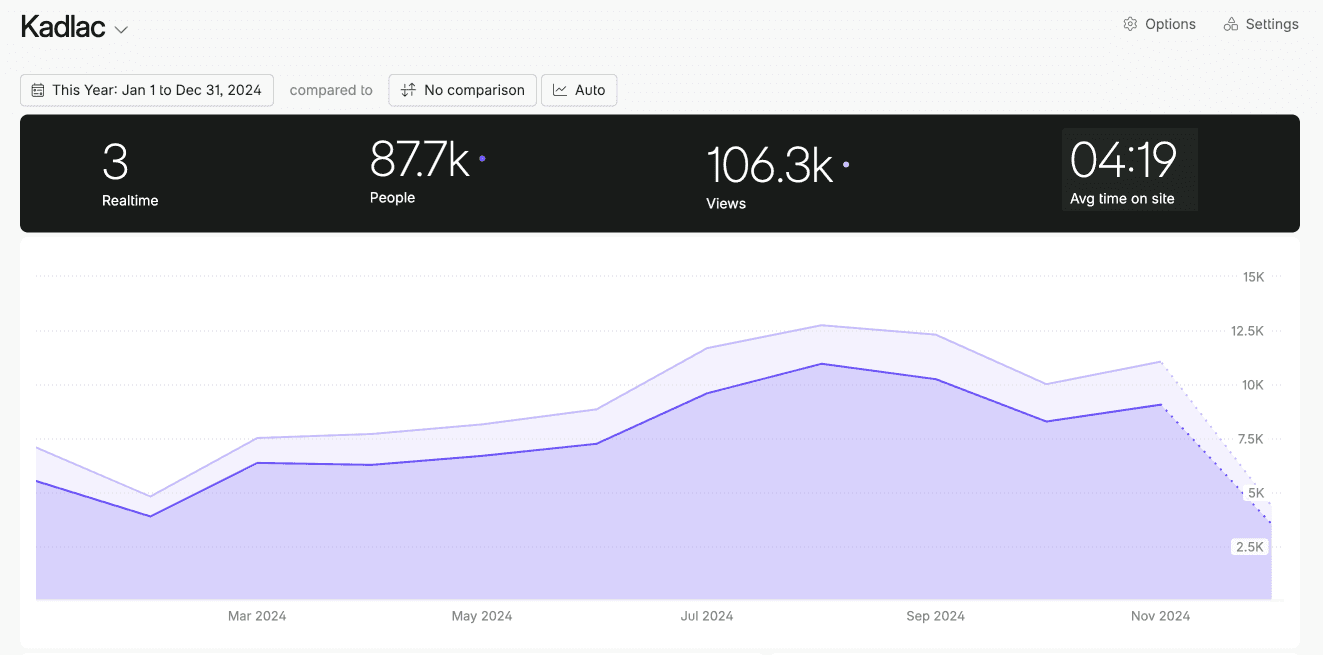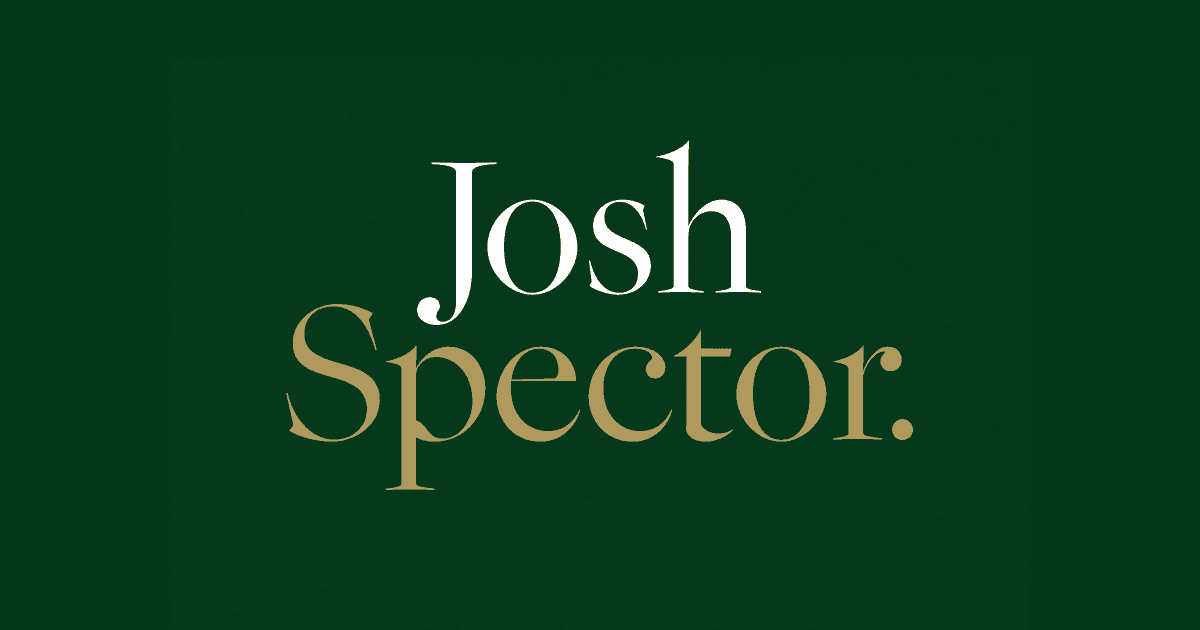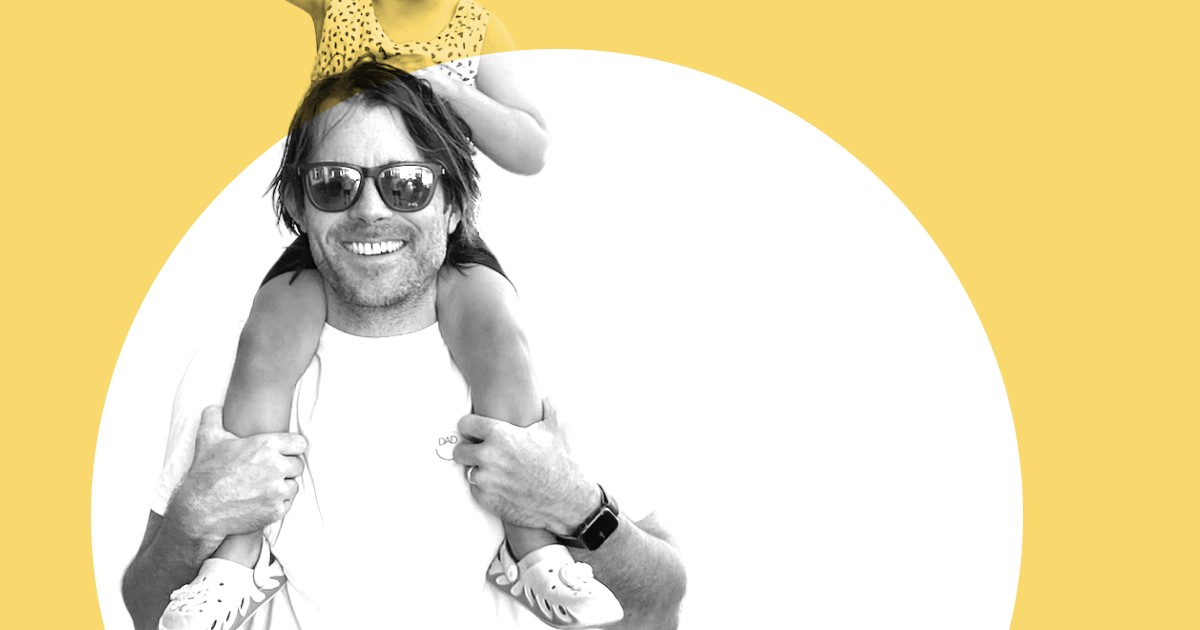Oct 18, 2022

Every time I watch the movie Edward Scissorhands, I think back to my first summer out of high school, selling knives door-to-door.
Edward was artificially created, who was given scissor blades for hands, but never truly wanted them.
In my first summer after high school graduation, I was given blades to sell but didn’t truly want to.
I felt forced into uninspired suburbia wielding the knives that I had on me. Somehow, I had to grow up and learn to make money from something that scared me the most. Talking to strangers.
Fresh outta high school, I lacked direction. Everyone around me seemingly had their next 4 years already planned out. I graduated as an average student with a strong sense of drive and a love for art and design. Besides my shaky plan to take a two-year design course in the fall, I had no sense of how the dots were going to connect.
I found an ad in the paper that a company called Vector Marketing would pay $13.50 an hour. The name sounded cool—because design vectors— and it paid much better than any of the other jobs I had looked at. Quick cash. Easy work. Or so I thought.
I didn’t realize it at the moment, but that simple choice to sell knives gave me the confidence to quit college and seek out a nontraditional path to becoming a designer.
What happened that summer?
The sales pitch
“Working in sales is a great way to permanently connect the mental dots between performance and reward.” - Mark Cuban
On a humid Saturday afternoon, I walked into a garden-level office suite. It was uniquely bland: a box with white walls, deep velvet colored carpet with 15 empty chairs facing a presentation easel. This setup seemed intimate enough that I felt ‘selected’ to be there. The first of many manipulations to make me feel special.
A few people were already seated near the back, and I sensed a part of me was upset that they had beat me there.
I’ve always had an innate drive mixed with self-motivation and anxiety.
The feeling of chasing my desires was instilled in me by my father, who is one of the most creative and artistic people I know. I learned this counterintuitively because he sacrificed his creative pursuits to support his family by working for a mail-order catalog company. I’ve always wondered, “what if he chased his dream?”
Twenty minutes in, the room began to fill up with late-comers to my satisfaction. A man in his mid-30’s came out with two assistants and launched into how we all could fulfill our dreams, just by having conversations with people. Two people who looked a few years older than me, walked out of the room.
I was shocked. What did they hear that I didn’t?
He said that he preferred to teach people who had no sales experience because it was easier to learn than it was to unlearn past experience. Another couple of people stood up and walked out. Fifteen people remained.
He boasted about his 5 series BMW and what you could achieve on commissions. Three more people walked out.
By the end of the presentation, he had hardly mentioned that we were selling knives. I studied my notes to figure out what this was all about. I was out of my comfort zone, but felt the mix of anxiety and drive pushing me forward. As a high school grad with nothing better to do that summer, maybe I’d find something useful here.
“Come back tomorrow night where we’ll show you how to make a living selling Cutco knives.”
A true salesman burying the lede. Count me in.
Cold calling with confidence
Being 17, I had never cooked for myself. If I had to use a knife, it was on the rare occasion that a simple butterknife wouldn’t do a steak justice.
Somehow, I needed to call adults who thought buying knives was worthy of their hard-earned money. I had nothing in common with them, but I forced myself to answer questions like, “Yes, these will change the way you think about cooking!”
I was an introvert, who grew up either playing sports or drawing in my bedroom on large blank canvases. Talking to adults about domesticated concepts like owning knives hadn’t crossed my mind until now.
Within a couple of days of the final presentation, I booked my very first live knife demonstration. Let’s be honest: these initial presentations were comic-based circus events—minus the circus—to the first few family friends. I felt like an elephant balancing on a tiny ball, fumbling with my words, hoping not to slip and fall.
Somehow I managed to start filling up my schedule with appointments, one by one. Each call became easier than the last. And I soon realized that while it seemed difficult at first, this was the easiest part of the process. I framed it this way so that I could focus on the first steps, instead of the last.
By spending a summer constantly making cold calls, I leveled up my confidence reaching out to strangers which would help me land an apprenticeship during college.
Learning to tell stories
Early on in the summer, I walked up to the front door of a scheduled presentation. I was nervous, but I had memorized every detail about the knives: how the blades were cut to prevent becoming dull, why the paring knife was one of the most popular, how to compare my Cutco knives against your existing set, and of course, our lifetime guarantee that usually sealed the deal.
These are all features of the knives, but they aren’t very compelling on their own. Because I focused on the features, I became just like every other company pitching how my product was better than the others.
But here’s what I learned from those mistakes that summer; how to empathize with my customer. How to stop talking, and listen to the stories why they need to keep buying new knives. Or how they ended up in the hospital by cutting themselves with dull knives.
I learned to understand that it’s not about what knife they use, but how it fits into their life. How often they cook and how a good set of knives can speed up that process, or make it more enjoyable. How great knives can save time preparing meals for their kids when they’re hurrying off to school.
Understanding the pain points of your customer, and looking for ways to weave in a solution is storytelling. Each customer has a different story, and it was my job to first learn how to listen, and then think about how my product could improve their situation.
Storytelling helped me as well. When I told myself a story about where I wanted to go in life, the path to get there didn’t matter as much. I dropped out of college not knowing what was next, because I knew that it was just one way to tell the same story. When working with clients later on, stories helped me sell ideas not only about why design was important but why design plays a role in improving their business’s story to their customers.
Learning to be accountable & persistent
Each time I booked an appointment, I felt frustrated when most would have to change either the day or the time. I too had important things going on, like designing posters and CD’s in my free time, or just hanging out with friends.
At one point, instead of becoming frustrated, I decided to say, “yes” to everything.
I wanted to be known as the guy you could count on. I was amenable, courteous, and everything a nice Christian girl could desire in a guy.
I knew that I was mediocre at selling bags of knives, but I wasn’t going to let a few rescheduled appointments let me down.
One particular woman rescheduled on me three separate occasions. With my new outlook, I planned to have the last laugh. It may have been out of guilt, but I ended up selling her one of the few bags of knives that summer.
Looking back, I always tell junior designers to say yes to any project as a way to get broad experience across many different surface areas. Not only in design, but also in the personalities of clients. You begin to see what you value in people, who you might work well with, and that gives you the wisdom to choose saying ‘No’ later on.
A life-altering decision
After the summer was over, I had no idea how any of these lessons I learned were going to apply. I wasn’t sure where I was going to land when I started school.
While I was in college, I enrolled in a traditional design program. I could sense the world was moving at a much faster clip than the classes I was taking. I was drafting just behind the real world but losing ground quickly.
Without thinking, I cold-called a family friend, and expressed to him how I needed to work with him. I told him my story and how I could help his business improve if he had someone to care about how design impacted his clients. I would be his design eye, focusing on the quality of his client’s brands.
What began as a seemingly simple call, kickstarted my career, far outpacing what I would have learned by sticking to the traditional route.
Curious about what tools will help you build your own creative business?
Get my free toolkit of 59+ resources that will help you learn, create, and sell online.



